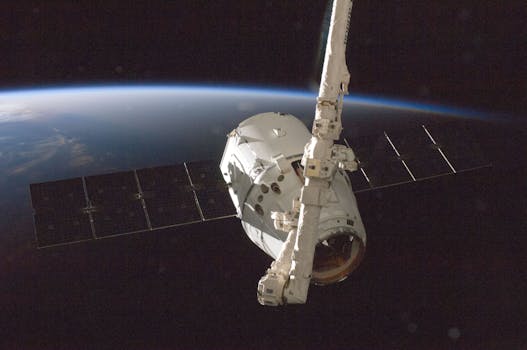
LEO satellites are at the forefront of the satellite technology revolution, and their impact on global connectivity cannot be overstated. With their ability to provide faster, more reliable, and widespread connectivity, LEO satellites are changing the way we communicate and access information. At the beginning of this revolution, LEO satellites have been gaining popularity in recent years due to their potential to provide high-speed, low-latency internet connectivity to remote and underserved areas.
One of the key advantages of LEO satellites is their proximity to the Earth’s surface, which allows them to provide lower latency and higher bandwidth compared to traditional geostationary satellites. This makes them ideal for applications that require real-time communication, such as video conferencing, online gaming, and virtual reality. Additionally, LEO satellites are less expensive to launch and maintain than traditional satellites, making them a more viable option for companies and organizations looking to provide global connectivity.
The use of LEO satellites is not limited to internet connectivity. They are also being used for a variety of other applications, including Earth observation, navigation, and communication. For example, LEO satellites can be used to monitor climate change, track weather patterns, and provide early warnings for natural disasters. They can also be used to provide navigation services, such as GPS, and to enable communication between devices in remote areas.
The Future of LEO Satellites

As the demand for global connectivity continues to grow, the use of LEO satellites is expected to increase exponentially. Companies such as SpaceX, Amazon, and OneWeb are already launching constellations of LEO satellites to provide high-speed internet connectivity to underserved areas. These constellations will consist of thousands of satellites, working together to provide seamless coverage and connectivity to the entire globe.
The future of LEO satellites looks bright, with many experts predicting that they will play a critical role in the development of the global communication infrastructure. With their ability to provide fast, reliable, and widespread connectivity, LEO satellites are poised to revolutionize the way we communicate and access information. Whether it’s providing internet connectivity to remote villages, enabling communication between devices in the Internet of Things (IoT), or supporting the development of smart cities, LEO satellites are sure to have a profound impact on our daily lives.
Challenges and Limitations

While LEO satellites offer many advantages, there are also several challenges and limitations that need to be addressed. One of the main challenges is the need for a large number of satellites to provide global coverage, which can be expensive and logistically complex. Additionally, LEO satellites have a relatively short lifespan, typically ranging from 5 to 10 years, which means that they need to be replaced regularly.
Another challenge is the risk of collisions between LEO satellites and other objects in space, such as debris and other satellites. This can lead to a chain reaction of collisions, known as the Kessler syndrome, which could have devastating consequences for the entire satellite industry. To mitigate this risk, companies and organizations are working to develop more sustainable and responsible practices for launching and operating LEO satellites.
See more:
